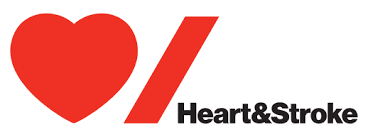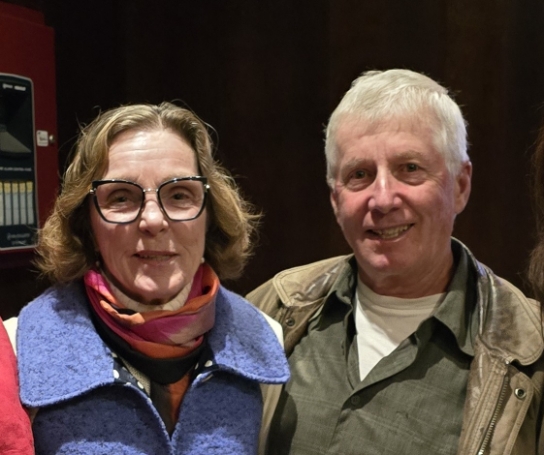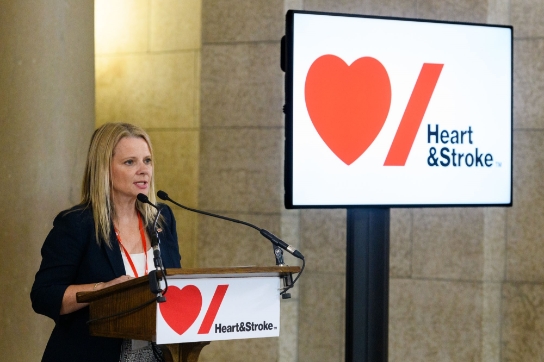Advertisement
Read this article for free:
or
Already have an account? Log in here »
We need your support!
Local journalism needs your support!
As we navigate through unprecedented times, our journalists are working harder than ever to bring you the latest local updates to keep you safe and informed.
Now, more than ever, we need your support.
Starting at $15.99 plus taxes every four weeks you can access your Brandon Sun online and full access to all content as it appears on our website.
Subscribe Nowor call circulation directly at (204) 727-0527.
Your pledge helps to ensure we provide the news that matters most to your community!
To continue reading, please subscribe:
Add Brandon Sun access to your Free Press subscription for only an additional
$1 for the first 4 weeks*
*Your next subscription payment will increase by $1.00 and you will be charged $20.00 plus GST for four weeks. After four weeks, your payment will increase to $24.00 plus GST every four weeks.
Read unlimited articles for free today:
or
Already have an account? Log in here »
Dennis Mauthe awoke one night in 2014 with the classic symptoms of a heart attack.
“I woke up at my normal time, shortly after 6,” he says. “I was lying there, getting my wits about me, and I felt this sharp pain just below my armpit. It was like somebody poked me with a needle.”
He decided to get out of bed but became “woozy.” He could feel pain in his left arm and lay back in bed, but he then broke into a cold sweat.
“At that point,” he says, “I suspected what was going on. I thought ‘Oh dear, we’re in trouble here.’ And then, I reached over and said to Nancy, ‘We’ve got to go to the hospital now.’” Nancy McPherson, who lives on a farm outside of Brandon with Dennis, her husband, drove him to the Brandon Regional Health Centre. After several tests were conducted, he was in an ambulance headed to the St. Boniface Hospital in Winnipeg.
“I ended up in an OR, they did an angiogram and found that I had a blockage,” Dennis says. “They put in a stent right then and there, and a few hours later I was taken back to Brandon.”
He spent one more day in the Brandon hospital and then went home to rest and recuperate. Nancy remembers that terrifying day with a silver lining — the system worked, and her husband was alive and home.
“All I could think of was ‘wow, those research dollars in action,” she says “It was almost a miracle that we could go from such a horrendous surgery to something so slick you could be back in your home community that night.”
As a former cardiac nurse, Nancy says she is “astounded” by the advances in cardiac care. When she first got into cardiac nursing, she says that the only treatment option was open heart surgery.
“And there were quite a number of patients that just simply weren’t stable or eligible for that surgery. It’s a tough surgery and tough recovery.”
Both Nancy and Dennis credit Heart & Stroke for helping Dennis survive his heart attack. Through its public awareness and education activities, the organization informs Canadians and raises awareness of heart disease and stroke prevention, diagnosis, treatment and recovery.
An important tool utilized by Heart & Stroke in order to reduce heart and stroke deaths is the act of encouraging those who have experienced cardiac and/or stroke illness to share their experiences with their fellow Canadians, like those of Dennis and Nancy.
Story telling is an effective way to shape care while spreading greater awareness.
Dennis and Nancy are just two of many Manitobans who are sharing their experiences, and you can too. Heart & Stroke is seeking individuals in Westman with lived experience of heart disease or stroke.
If you are willing to share your story and help shape future care, please contact lees@heartandstroke.ca.
Support for Heart & Stroke yields breakthroughs
Since 1952, Heart & Stroke has invested nearly $1.7 billion in heart disease and stroke research. That support has driven discoveries of life-saving surgical techniques, medications and treatment plans that have improved the lives of generations of Canadians.
One example of the critical research currently being funded by Heart & Stroke here in Manitoba is the work of Dr. Amir Ravandi. He is an interventional cardiologist, the research director for the cardiology section at St. Boniface Hospital in Winnipeg, and also a professor at the University of Manitoba’s Max Rady College of Medicine.
Dr. Ravandi’s research, he says, is currently focused on “a group of molecules that — during a heart attack, as we open up the artery — are the problem.
“These molecules are pretty active in destroying heart muscle, and they are generated very quickly after the arteries open,” he says. “We try to minimize the damage by sequestering them and mopping them up with an antibody.”
In addition to that important work, Dr. Ravandi and his team are also conducting ground-breaking research aimed at identifying chemical biomarkers that become present when a stroke is imminent. He explains that, “what we are looking at is using our lipidomics platform to see if there’s any differences among patients with stroke and no stroke, and we have found a couple of interesting molecules that can differentiate if you’re having a stroke or not.”
There are many exciting advancements in heart disease and stroke care, according to Christine Houde, Heart & Stroke Manitoba director of Health Policy & Systems. Houde points to an incredible advancement in research-informed stroke care known as endovascular thrombectomy that has increased survival rates in major ischemic strokes by 50 per cent, “and this procedure happens right here in Manitoba.”
“Revolutionary treatments, such as clot-busting drugs, have changed the face of care for heart attacks and strokes in Manitoba — and these are all a result of research investment,” Houde says.
Dr. Ravandi says research investments made by Heart & Stroke are getting results.
“If you had a heart attack in Manitoba 15 years ago,” he says, “your risk of dying within 30 days was probably 14 per cent. But now, it’s down to three to four per cent. A lot of that has to do with the work that Heart & Stroke does because they are interested in information, advocacy and research, and those three prongs result in better care.”
“I hope the people who read this understand how important is to donate to Heart & Stroke, to be able to fund all the great things we’re doing. Research matters.”
For more information on the heart disease and stroke prevention research being conducted by Heart & Stroke, visit heartandstroke.ca.
Introducing Risk Screen
We’re excited to announce the launch of Risk Screen, our new online tool designed to help women in Canada identify, reduce and manage their personal risk factors for heart disease and stroke. All it takes is a few minutes – it could potentially save your life.
According to our new poll, only half of Canadians are aware of their risk factors for heart disease and stroke, and women are less aware than men.
Risk Screen is here to help change that. Built with the latest evidence and input from leading health experts, this tool produces a personalized report that takes into account lifestyle, medical history, sex, gender and life stages unique to women such aspregnancy, perimenopause and menopause.
It’s a powerful step forward in helping you take control of your heart and brain health.
Scan to start yourRisk Screen journey. heartandstroke.ca/riskscreen

This article is produced by the Advertising Department of the Winnipeg Free Press, in collaboration with Heart and Stroke Foundation of Canada



